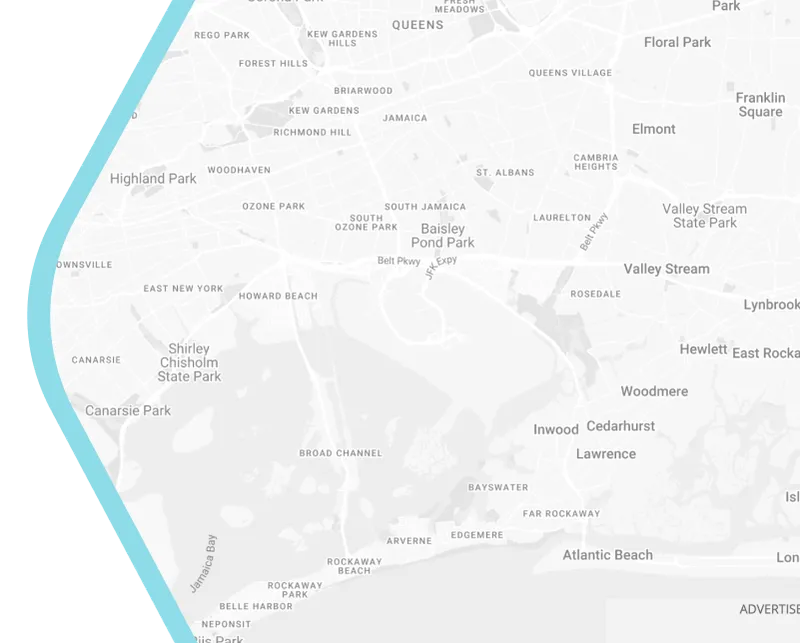
September 16, 2022
City Built Environment and Subjective Well-being
Study by Mouratidis (2021) explain the theoretical and empirical evidence on how the built environment that city established can influence and shape the subjective well-being (SWB) of its citizen. In this case the SWB is described as combination of three aspects, life satisfaction, emotional well-being and eudaemonia (meaning in life).
Study by Mouratidis (2021) explain the theoretical and empirical evidence on how the built environment that city established can influence and shape the subjective well-being (SWB) of its citizen. In this case the SWB is described as combination of three aspects, life satisfaction, emotional well-being and eudaemonia (meaning in life). This study points out seven pathways that built environment, or the physical human-made environment for human activity, corresponds to our life domain.
- Travel: the city is built to enable access to services, facilities with transport infrastructure that promotes active mobility and pleasant trip experience
- Leisure: living in a city with amenities for leisure activities and lower constrain in accessing the facility (minimise commute time and accessible infrastructure) boost the satisfaction of the residents
- Work: Built environment that improve the diversity and access to opportunities for work and education contributes to the subjective well-being of the citizens
- Social relationship: city that provides community facility through mechanisms including spatial propinquity, spatial composition, and spatial configuration shape the formation of social ties and strengthen social relationship
- Residential well-being: quality of dwellings and neighbourhood correlates to the feeling of satisfaction of living in the city
- Emotional responses: Well-maintained vegetation, upkeep and order, and openness of space are qualities that have been found to trigger positive emotional responses
- Health: built environment that are design to improve the previous factors also improve the physical health of the citizen, as such having urban greeneries can lower the risk of cardiovascular disease as well as improve the air quality of the are.
Reference
Mouratidis, K. (2021). Urban planning and quality of life: A review of pathways linking the built environment to subjective well-being. Cities, 115, 103229.
Level 5/447 Collins St, Melbourne VIC 3000, Australia
1300 075 167
